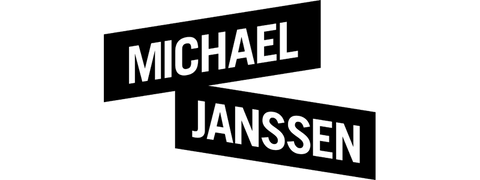Yoshitaka Amano
21 March—24 May 2003
Galerie Michael Janssen, Cologne
Revered in Japan for his participation in the worlds of manga, anime and video games, Yoshitaka Amano worked as a creator of such favorites as “Speed Racer,” “G-Force” and later “Final Fantasy.” He is considered to have inspired a whole generation of contemporary artists such as Mariko Mori, Takasha Murakami and Yoshitomo Nara.
The exhibition will present large scale paintings, done in the 700-year-old tradition of monochrome ink painting known as sumi-e. Applied to fragile, absorbent rice paper, the key to sumi-e painting lies in its brushstrokes made with no room for error. It relies upon the rapid application of gestures that have been repeated so often as to become second nature. Also integral to sumi-e is the idea of presenting the essence of something. This capturing of essence com- bines with the speed of gesture, resulting in a secondary effect of an approximation of instantaneous travel and warp-speed velocity while remaining Zen-like, in the present. In her essay on Yoshitaka Amano, Rachel Kushner eloquently describes this approximation as “a studied transmutation from extroversion to introversion, a nexus where differing concepts of time, vectors of past and future, come together.”
Yoshitaka Amano was born in 1952 in a small town in Shizuoka, Japan near Mt. Fuji. At fteen, Amano traveled to Tokyo with the intention of becoming an animator. There he was hired by Tatsunoko Productions where he remained for 15 years creating such characters as “Hutch the Honeybee,” “Tekkaman” and the tremendously popular “Gatcha-man,” (or “G-Force” as it was known in the States, ) which became Tatsunoko’s most successful superhero anime and was broadcast throughout the world. At 30, Amano left Tatsunoko Productions to persue a more independent career as a freelance artist. Over the last twenty years he has remained a prolific creative force in various mediums such as drawing, painting, novel illustration, film, costume design and video games. He divides his time between Tokyo, New York City and Paris.

Yoshitaka Amano, Installation view, 2003, Galerie Michael Janssen, Cologne

